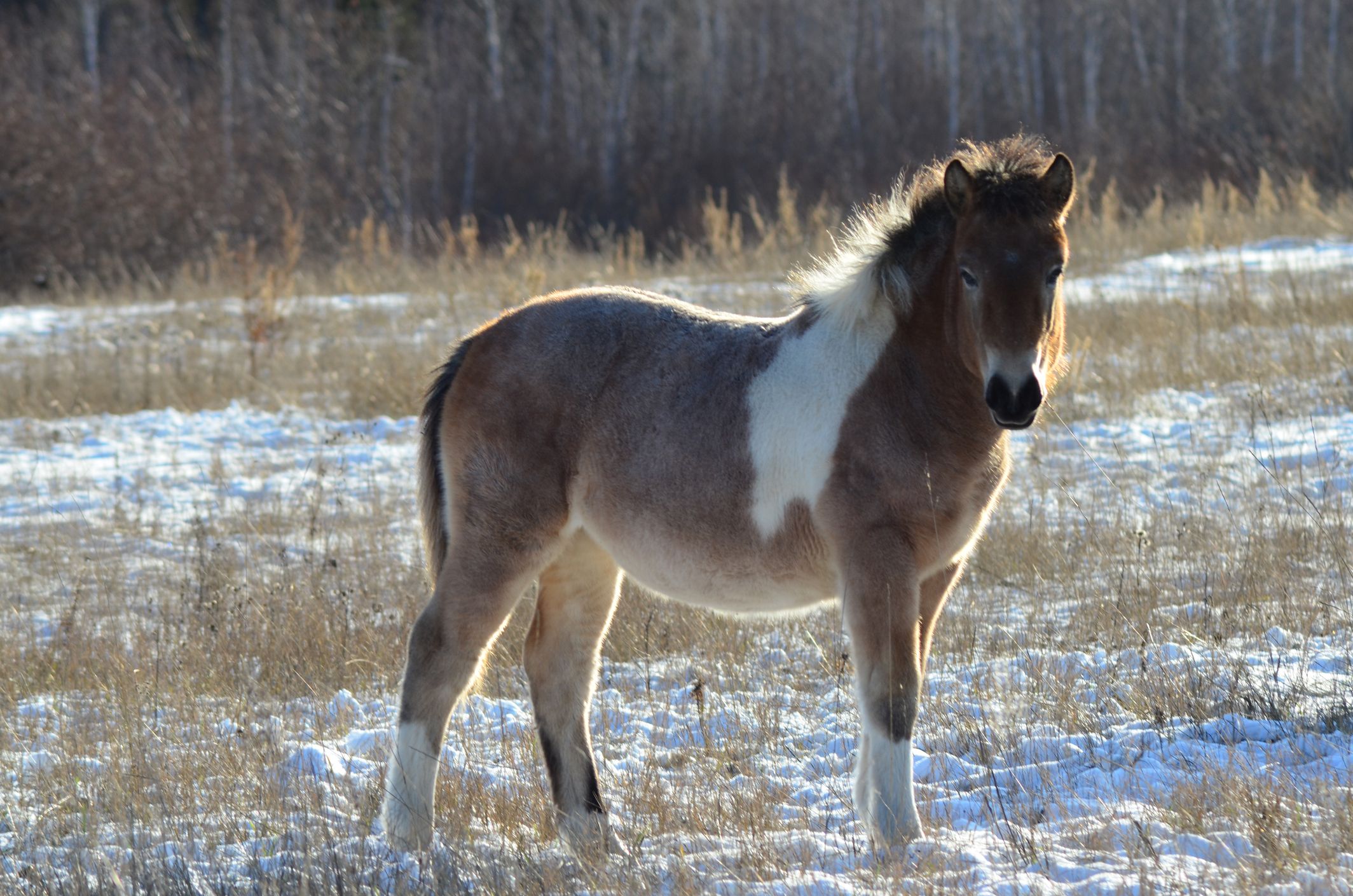
Scientists recently extracted an almost perfectly preserved prehistoric baby horse from the permafrost of Siberia's "Mouth of Hell" crater in Yakutia. At potentially 40,000 years old, researchers praised the "incredibly rare" ancient find.
Now, scientists from Russia and South Korea are trying to clone the mysterious baby horse, The Siberian Times has reported. But a key figure in the mission is well-known for fabricating scientific evidence.
А вот и эксклюзивные фотографии с презентации туши древнего жеребенка, найденного в Верхоянском районе и жившего 40 тысяч лет назад. Ученые университета взяли образцы шерсти, крови, плоти и кости для дальнейшего изучения.
— СВФУ: news, comments (@svfu_news) August 23, 2018
Фотогалерея: https://t.co/HlVCZS9Qf0 pic.twitter.com/Ccojc1u2Bc
Woo Suk Hwang, a former professor at Seoul National University, told the publication researchers were hunting for cells that could be used to replicate the horse. "We are trying to make a primary culture using this baby horse," he said. "If we get live cells from this ancient baby horse, it is a wonderful promise to people in terms of cloning."
Although he was once considered a pioneer in the realm of stem cell research, Hwang is perhaps best known for violating study ethics and falsifying some of his findings. In the mid-2000s he admitted to using eggs from paid donors in a groundbreaking study that claimed to reap stem cells from a cloned human embryo. Much of his data was later exposed as fake.
"It is true that the research papers had fabricated data, and I will take full responsibility. I acknowledge this and apologize," CNN previously reported he said when a panel of scientists investigated his work in 2006.
In subsequent years, the disgraced researcher has carried on working in the cloning field, producing replica pets for grieving former owners and trying to save endangered creatures like the Ethiopian wolf, New Scientist previously reported.
Now, he has set his sights on this extinct Siberian horse, known as a Lena Horse, or Equus lenensis in Latin. Hwang plans to use a modern horse as a surrogate mother for a cloned Equus lenensis embryo, The Times reported. Just one cell, he said, is needed for the clone.
'If we have one live cell, we can multiply it and get as many embryos as we need…[and] if we get the living cell from the ancient tissue it will be unique by itself, because no one [has] managed to do this before," he told the publication.
Semyon Grigoriev, lead researcher at Yakutsk's Mammoth Museum, said, "Fortunately, the animal's muscle tissues were undamaged and well preserved, so we managed to get samples of this unique find for biotechnology research." Hwang said his researchers have previoulsy derived live cells from the frozen bodies of pets. Whether such a feat is possible after so many thousand years remains to be seen.
If successful, Hwang plans to move onto larger beasts. He told The Times he plans on cloning a mammoth next.
Uncommon Knowledge
Newsweek is committed to challenging conventional wisdom and finding connections in the search for common ground.
Newsweek is committed to challenging conventional wisdom and finding connections in the search for common ground.
About the writer
Katherine Hignett is a reporter based in London. She currently covers current affairs, health and science. Prior to joining Newsweek ... Read more





